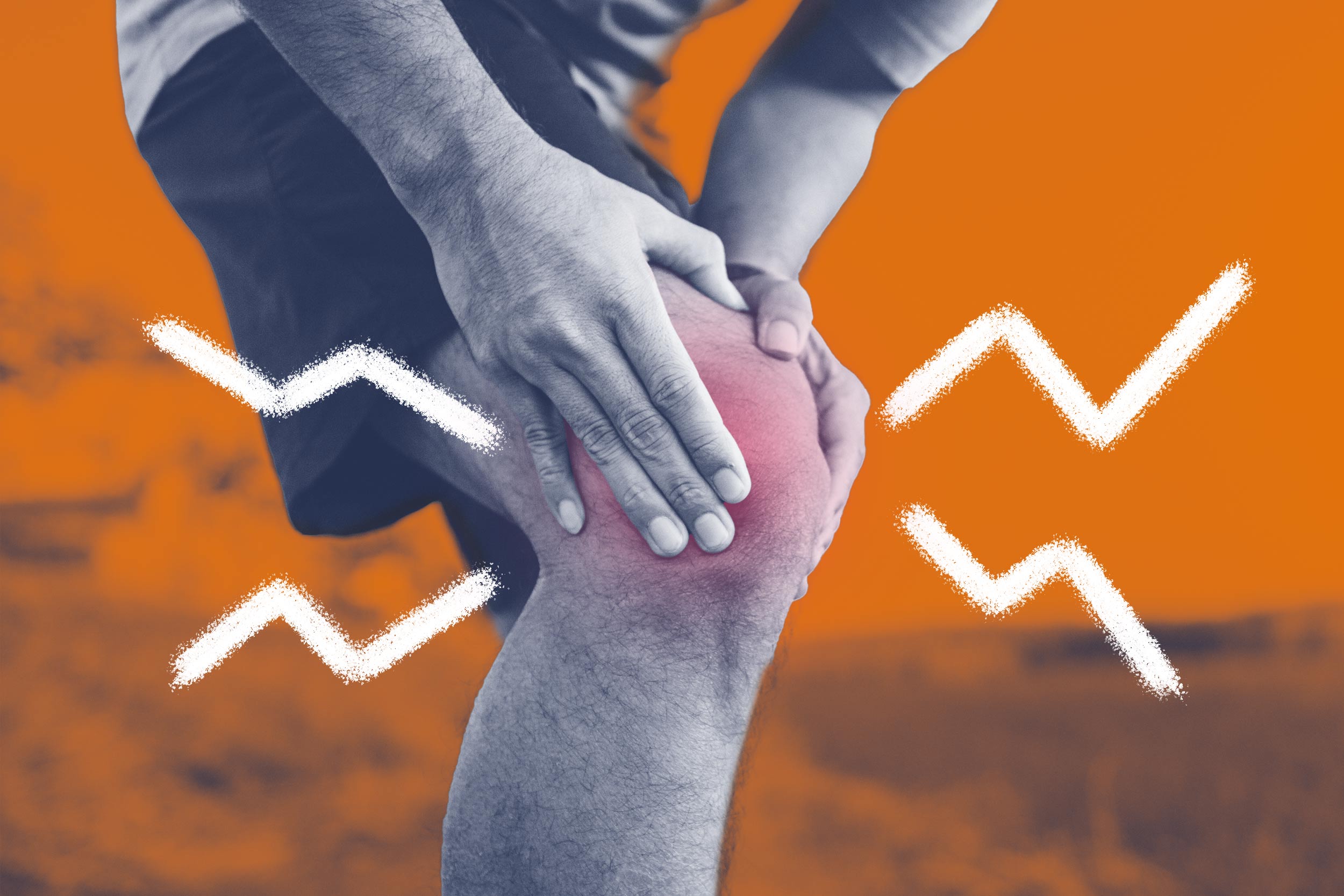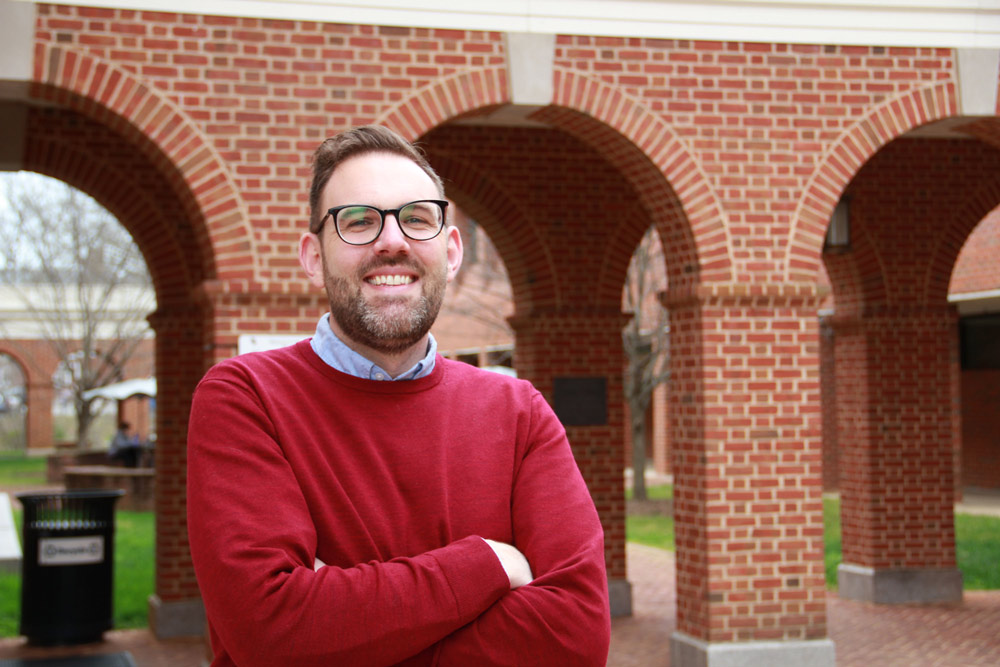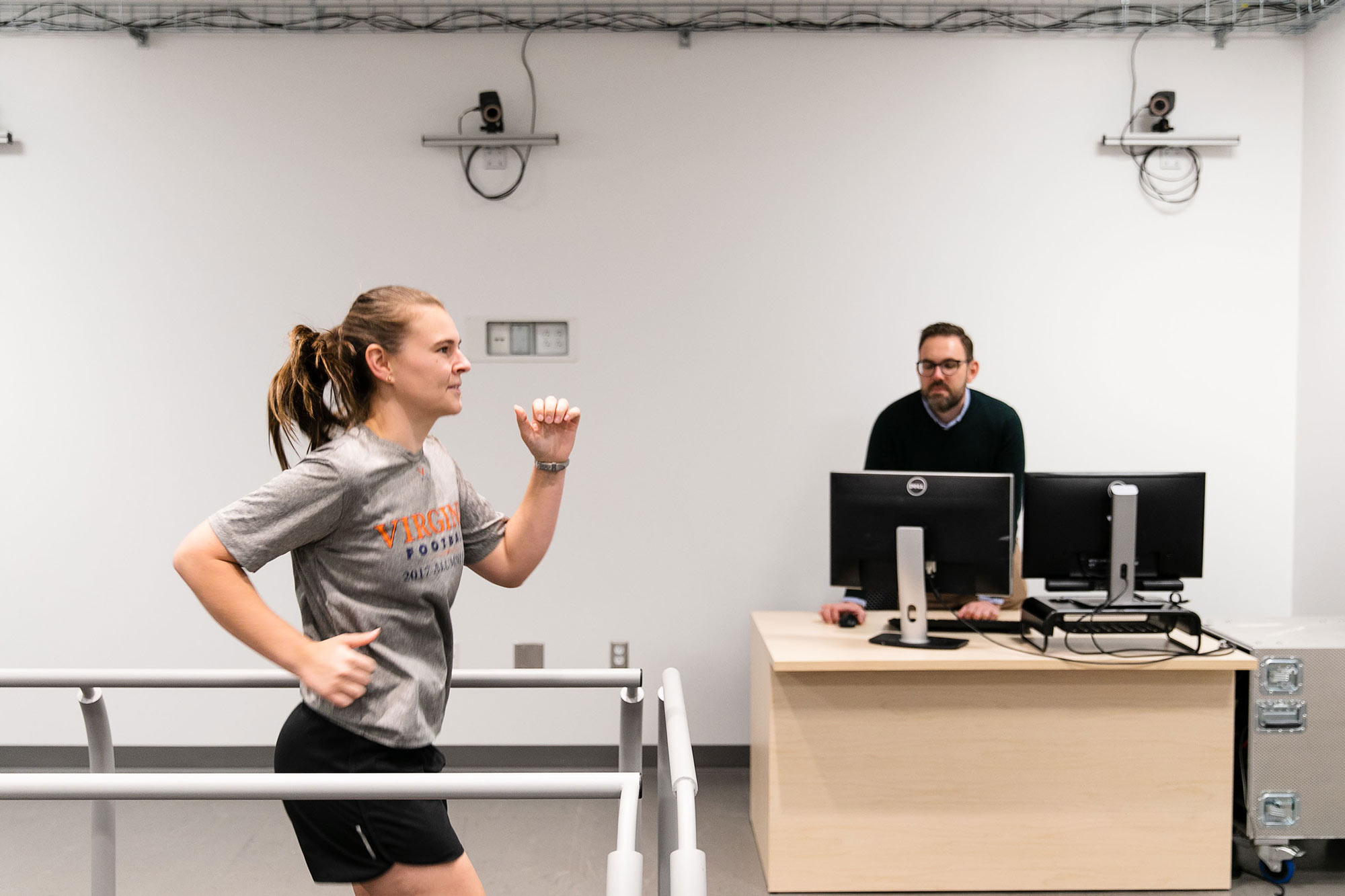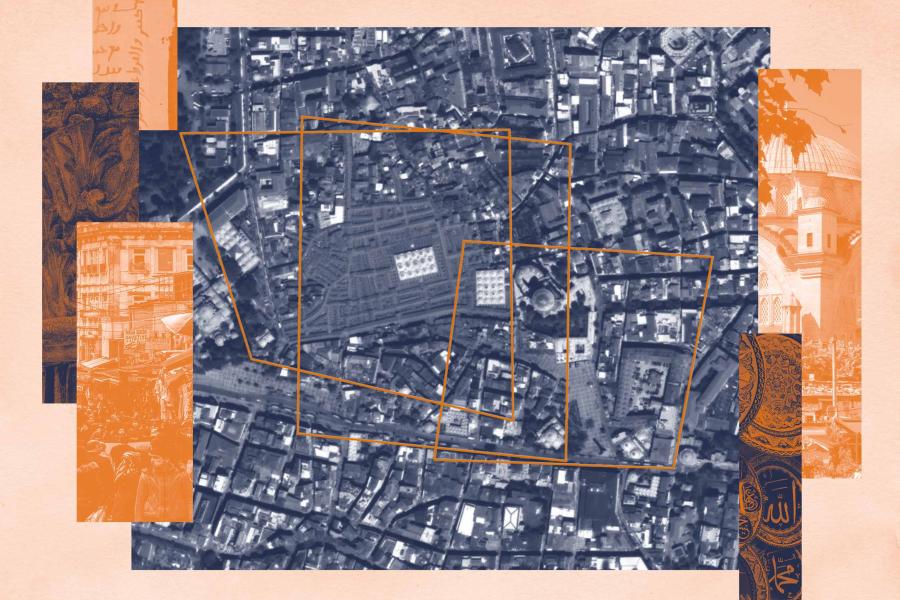There may be hope of keeping arthritis at bay, at least for a while. With a new grant, Kuenze and colleagues are working to reduce the impact of osteoarthritis for those who have had ACL reconstruction surgery.
Though there is not yet a cure for osteoarthritis, regularly engaging in physical activity can delay the onset of the disease. A challenge for those who have experienced a significant ACL injury is that they are less physically active five years after the injury than those who did not sustain one.
“More than half of the individuals we surveyed indicate that they are less active, either out of fear of reinjuring themselves or because of symptoms related to their injury or surgery,” Kuenze said. “Now we are trying to understand if – and what kind of – physical activity can help people feel better and positively impact the ways their knees work during activities of daily life.”
With a new grant from the 4-VA initiative, Kuenze and John Goetschius, assistant professor at James Madison University and alumnus of the UVA kinesiology Ph.D. program, will collect data on the types and duration of daily activities in individuals who have had recent ACL surgery. The researchers are aiming to identify what dosage of activity might work best to help increase the overall physical activity levels for the study participants.
The researchers will begin by having participants walk on a treadmill in their lab while wearing shoe inserts with sensors. This process allows researchers to measure how hard participants hit the ground at different speeds and if their gaits are symmetrical.
Then patients will wear a typical fitness monitor, like a Fitbit, for at least a month. Combined with the treadmill data, researchers can get a clearer picture of the participants’ activity levels and influence on their walking forces and knee symptoms.
“Let’s say your typical pace is 80 steps per minute and then maybe you see a friend of yours across Grounds and pick up your pace to 100 steps per minute,” Kuenze said. “And then maybe you run across the street at a crosswalk at 120 steps per minute. We get the breakdown from the tracker of all those little component parts and can then multiply each by how much load we know the individual was experiencing at those paces while wearing inserts on the treadmill.”
Once this round of data collection is complete, researchers hope to begin testing different doses of activity with individuals to help stave off the onset of osteoarthritis through increased physical activity post-surgery.
“If we can reduce the severity of osteoarthritis, and if we can elongate the timeline to the onset of [osteoarthritis], then that’s a huge success. If we can make that 33% of individuals with symptoms of [osteoarthritis] to 20 years instead 10 years, then that gets us to about 44 years old,” Kuenze said.
“One in five people in the general population have arthritis when they are 40,” he said. “That would be a great improvement for those who experienced an ACL injury.”












